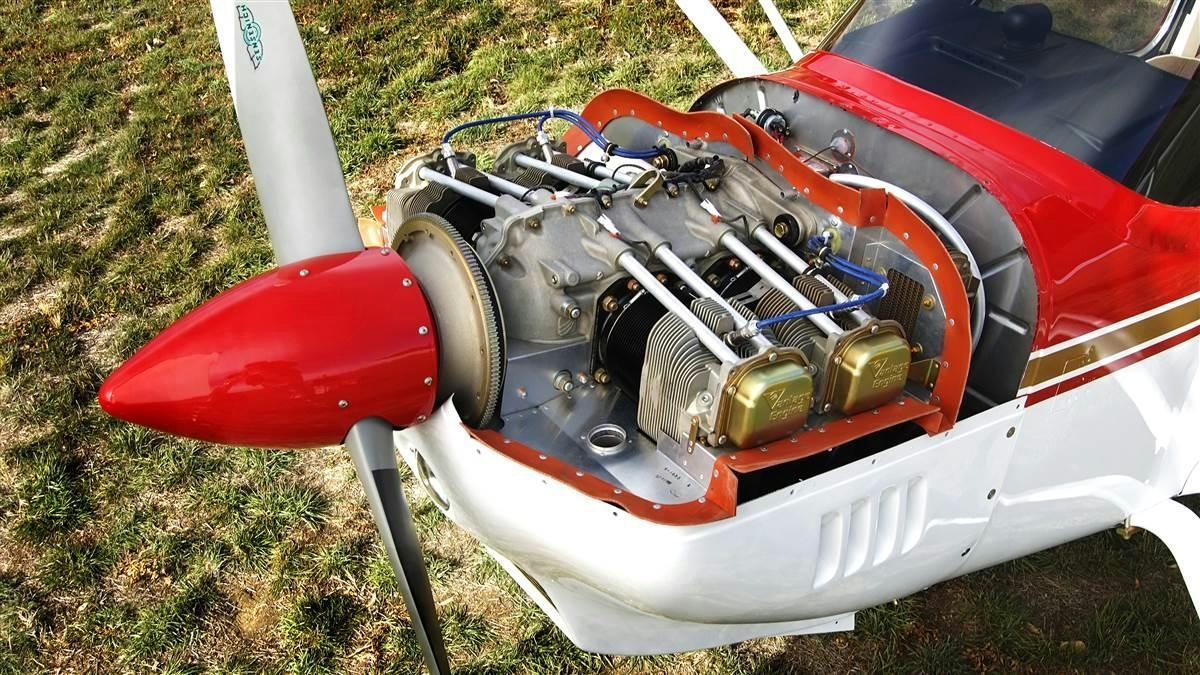
AeroGenie — Seu copiloto inteligente.
Tendências
Categories
33 Hours and 11,000 Kilometers: Delivering a Restored DC-3

33 Hours and 11,000 Kilometers: Delivering a Restored DC-3
On August 11, 2025, at 11:19 local time, a Douglas DC-3, extensively modernized into a Basler BT-67, departed Wittman Regional Airport in Oshkosh, Wisconsin, embarking on an 11,000-kilometer delivery flight to South America. The aircraft is destined to join Mirgor, an Argentine company, for cargo operations within Argentina and seasonal flights to Antarctica under an agreement with the Argentine Air Force.
A Storied History and Comprehensive Modernization
This aircraft, originally constructed in 1943 as a Douglas C47-A-10-DK, began its service with the US Army Air Force in February 1944 under the registration 42-108859 before transferring to the Royal Air Force as KG403. By the 1970s, it had transitioned into civilian service with Canadian and US airlines, bearing registrations CF-BKP, N107AD, and N700CA. In July 2013, Basler Turbo Conversions, headquartered at Wittman Regional, acquired the DC-3 and initiated a thorough transformation into the Basler BT-67.
Basler’s remanufacturing process is among the most extensive in the aviation industry. Each BT-67 undergoes a complete airframe overhaul, aerodynamic and structural enhancements, and installation of new systems to improve reliability. The aircraft is powered by Pratt & Whitney Canada PT6A-67R engines paired with Hartzell propellers, combining modern performance capabilities with the enduring legacy of the DC-3.
Prior to delivery, the BT-67 (serial number 12438) completed several test flights in June and July 2025 under its US registration N700CA, a designation it had held since 1992 while operated by Champlain Enterprises Inc. The delivery flight commenced on August 11, with the initial and longest leg from Oshkosh (OSH/KOSH) to Fort Lauderdale (FLL/KFLL), covering 2,154 kilometers in approximately seven hours. Following a four-day stopover in Fort Lauderdale, the aircraft proceeded on August 15 to Panama City (Balboa) and then to Trujillo, Peru, covering 3,780 kilometers in nearly 12 hours of flight time.
Over the subsequent three days, the BT-67 completed additional legs from Trujillo to Antofagasta, Chile, then to Puerto Montt, Chile, and onward, culminating in a total of 33 hours of flight time throughout the journey.
Navigating Industry Challenges and Market Dynamics
Delivering a restored DC-3 across continents presents significant challenges. The aviation sector continues to contend with supply chain disruptions, as underscored in a recent report by BOC Aviation. While aircraft deliveries are becoming more predictable, persistent supply chain issues are anticipated to endure throughout the decade, potentially affecting the timely completion and delivery of retrofitted aircraft such as the BT-67.
Market dynamics further influence the environment. Boeing’s recent narrowing of losses, reported by The Wall Street Journal, may impact competitor strategies and investor confidence across the industry. Additionally, broader economic factors, including potential changes in Federal Reserve leadership, continue to shape the landscape, affecting both manufacturers and operators.
Despite these complexities, the successful delivery of this historic DC-3—now registered as LV-VYL in Argentina—exemplifies the resilience of classic airframes and the adaptability of the aviation industry amid a challenging global environment.
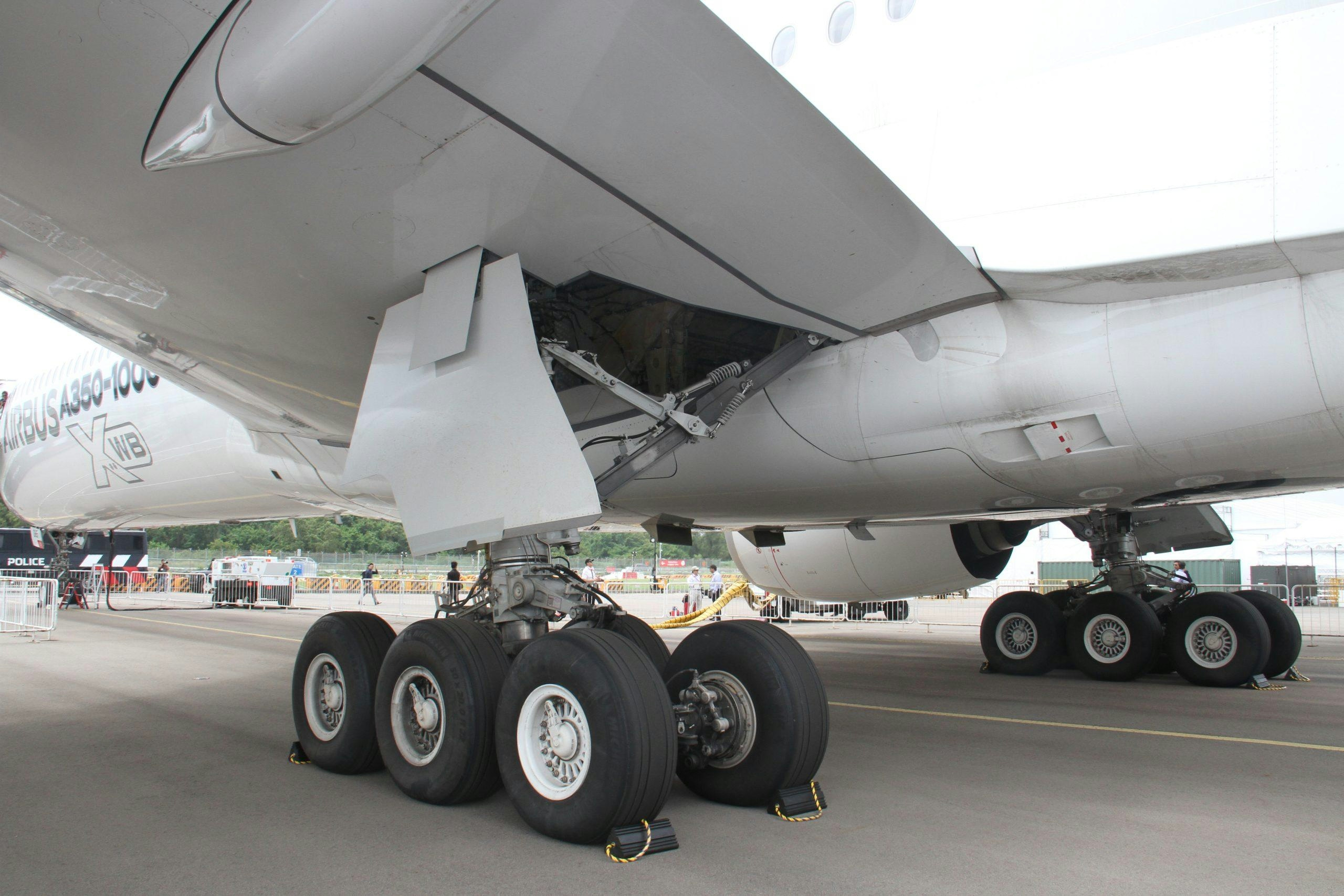
Why Airbus Markets the A350 as a Long-Range Leader
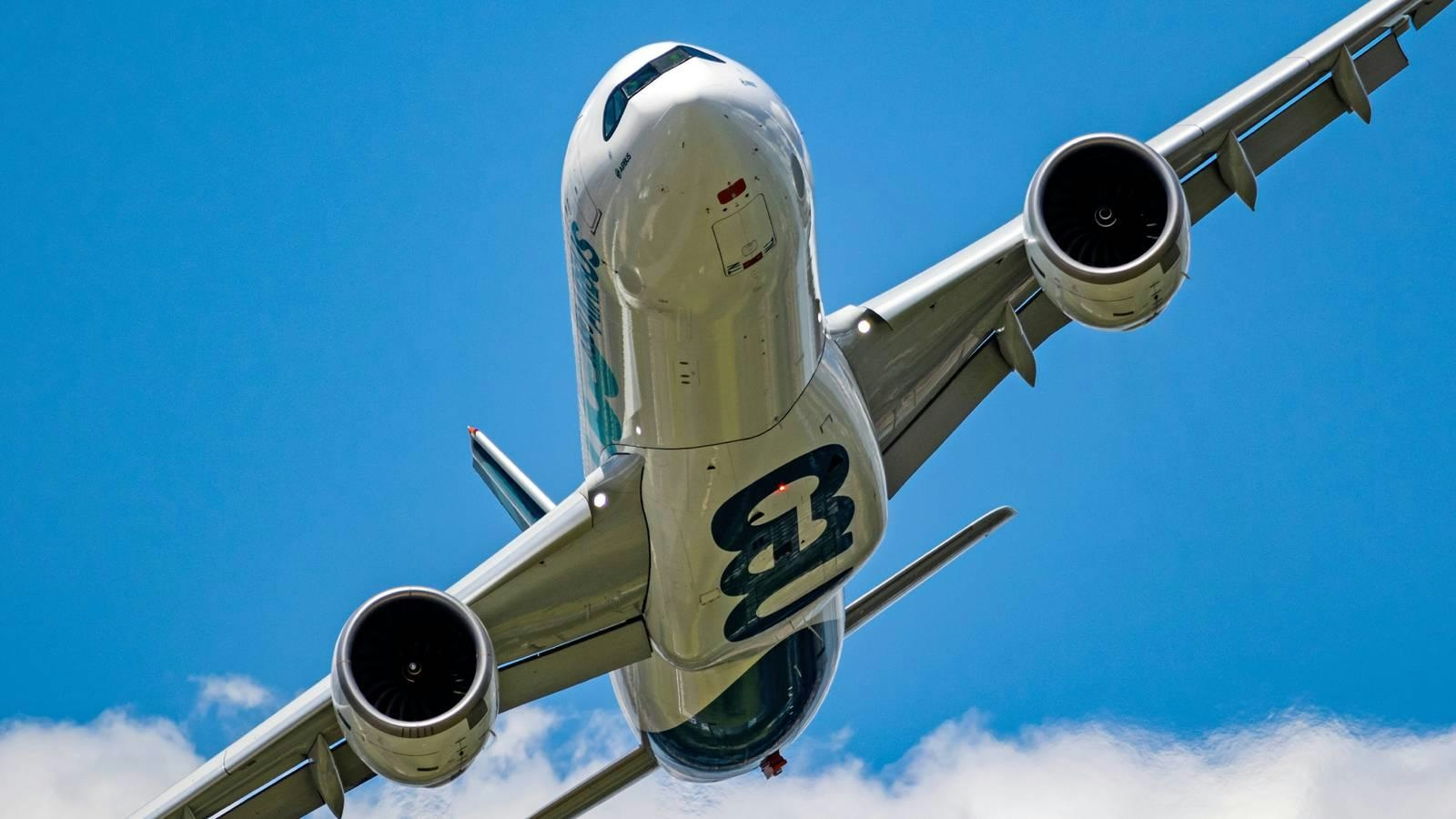
Why Is the Airbus A330neo Limited to a Single Engine Type?
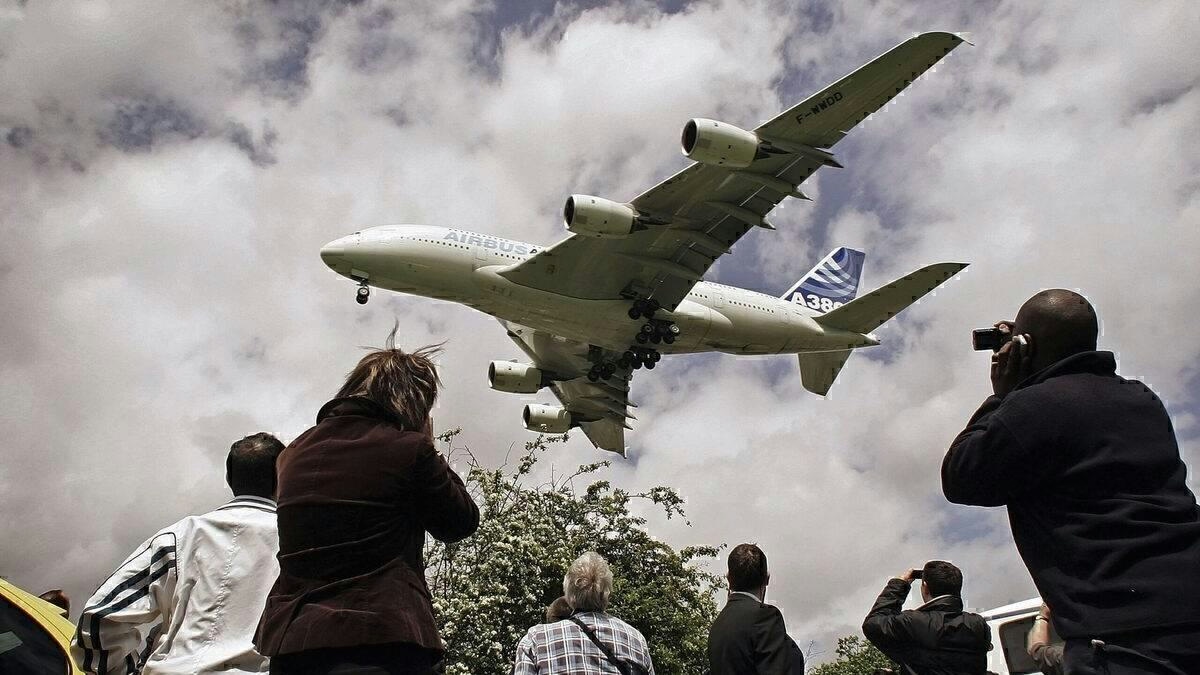
FedEx Cancels Airbus A380 Order

Why AI Hasn’t Transformed Flight Booking
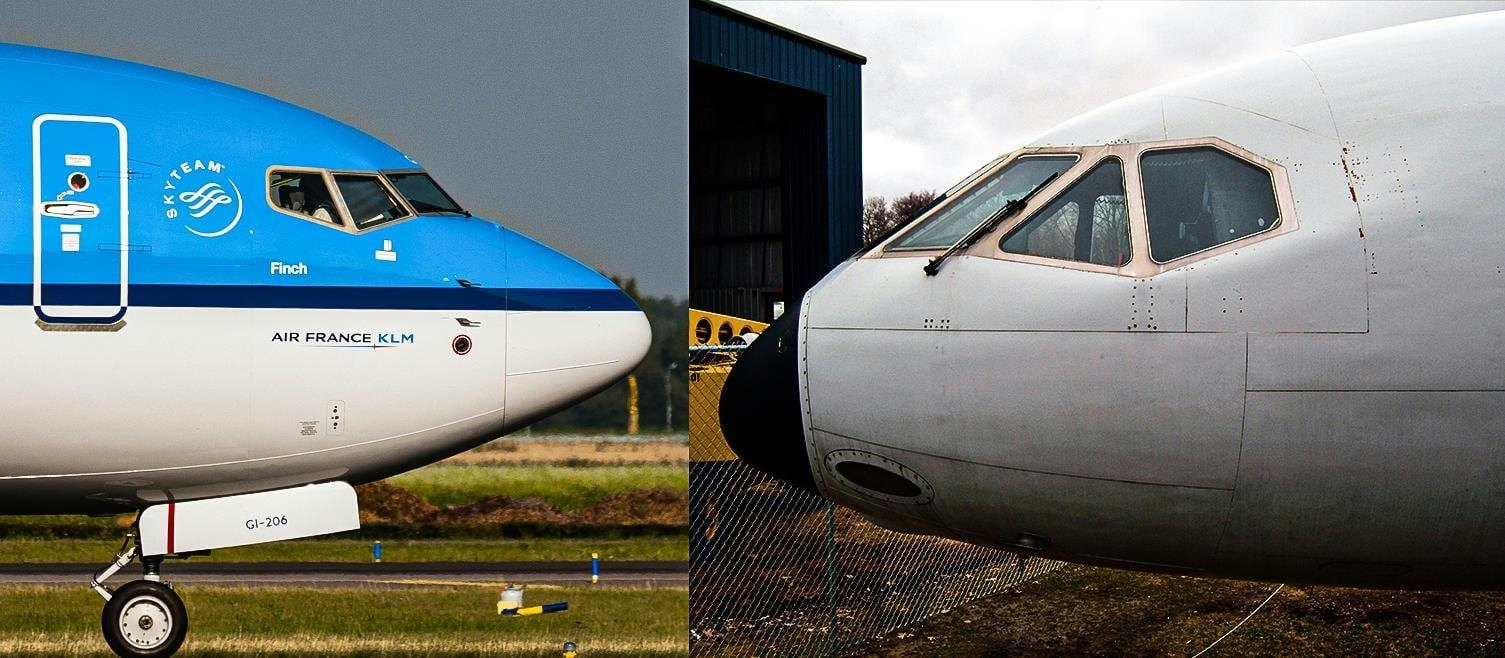
Why Are Boeing Aircraft Noses More Pointed Than Airbus?
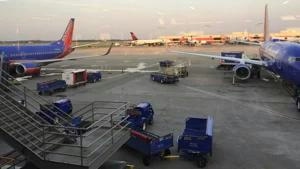
Digitizing the Aviation Supply Chain: Moving Beyond Outdated Practices
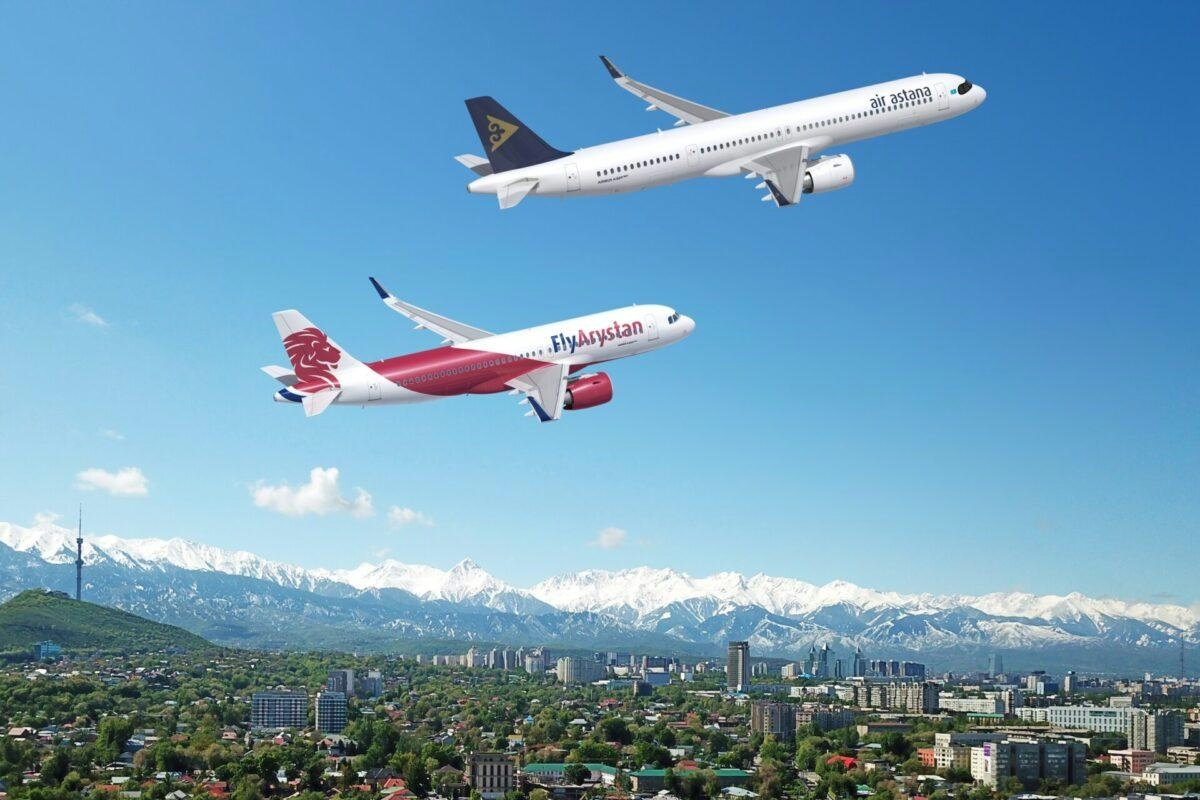
Air Astana Signs Agreement for Up to 50 Airbus A320neo Jets
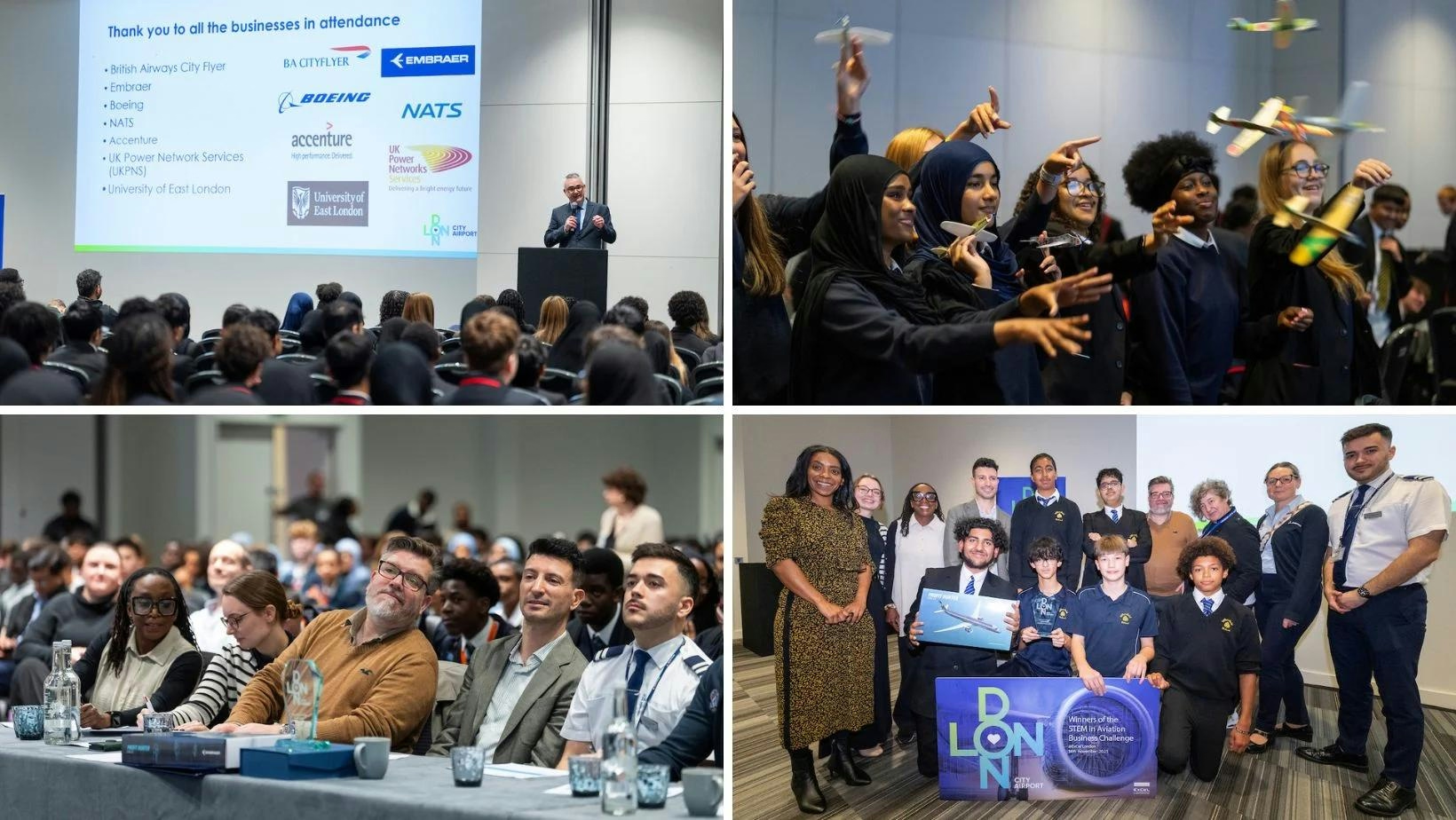
East London students explore aviation innovation at LCY STEM event

Archer’s Air Taxi Fails to Fly at Dubai Airshow
